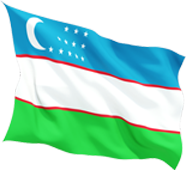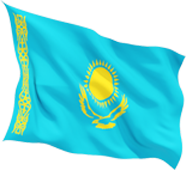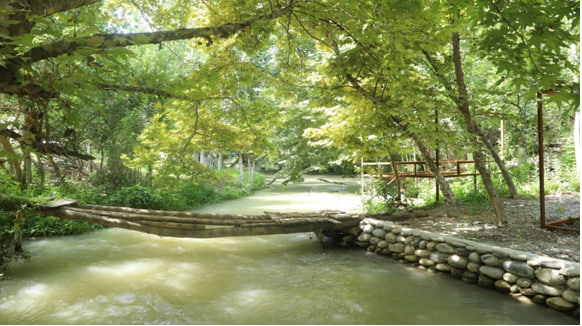Uzbekistan is a country with deep historical roots and rich culture. Every and each region of the country has its own unique natural, cultural and traditional heritage. Though Uzbekistan makes steps together with globalization and modernization, certain regions manage to preserve as well as promote local cuisine, customs and traditions.
One of such places is Sentob village, which is located in Navoi region, Nurota district, 180 kilometers from the center. Nature, cultural heritage facilities, clean air, national cuisine and village life drew attention of local and foreign tourists from England, France, Austria and neighborhood countries, to Sentob. For instance, in 2022, Sentob village have visited 300 000 local and 2 000 foreign tourists.
For the purpose of ensuring the accommodation of the visitors, here function more than 20 guest houses and hostels.
Here visitors can get 15 tourism services provided by local people, namely, patchwork, carpet knitting, preparation of kurt and dairy products of goat milk, halva preparation according to workshop and its trade, 23 gastro-houses cooking the national food, workshop on baking Uzbek bread, agritourism services and other.
Next destination might be an ancient city – village Avval situated in Fergana valley. References to the village were found in the works of the 10th-century Arab geographers al-Istakhri, Ibn Hawkal and al-Muqaddas. Due to the Mongols invasion, the village lost the status of a city in the middle ages.
Later during the Kokand Khanate, the village was included in the list of strategically important places.
Visitors of Avval village can enjoy the views of village’s unique nature as it is located in the middle of a coniferous forest. The village is famous for ancient double mill located on the territory of the Dilkusho farm. It is a unique architectural and engineering hydraulic structure that has preserved its ancient style. At the same time, one can see a special equipment for grinding rice and corn, which is used in the middle of the nineteenth century. With the advent of such mills, it was possible to grind cereals with one mechanical movement. Interestingly, it did not require a lot of water pressure to move this equipment.
For the visitors interested in process of paper production and sustainable development, Konigil village in Samarkand might be a wonderful finding. The place is famous for its unique traditions of handicrafts, the purest nature, shady trees, and the Siab River flowing nearby. But, perhaps, the main attraction of it is the ‘Meros’ factory, where paper production is carried out.
Brothers Mukhtarovs revived and established the production of the ancient Samarkand paper with use of technology pre advent paper machinery use. The main feature of this technology is manual labor, which uses exclusively natural raw materials. For this reason, the paper turns out to be slightly yellowish in color, because it is not bleached by chemical means. The strength of the paper differs significantly from modern bleached paper. If an ordinary sheet can be stored for 40 years, Samarkand paper is more durable and can be stored for 400 years.
Fascinating scenery, mountains touching the sky, old houses, simple and modest people far from city urbanization, living in their ecologically sustainable village. All of the aforementioned characterizes the village Tersak in Samarkand, the village Sangardak in Surkhandarya, the villages Ertoshsoy and Ovjazsoy in Tashkent region.
Worthy of note that residents of all aforementioned villages try to maintain the local culture, customs and traditions by promoting their homeland, improving the conditions for tourists and preserving the ancient national heritage. Would that be continuing the work that is passed from generation to generation, namely, patchwork, carpet knitting, process of production of dairy or reviving the recipes and promoting the traditional cuisine, or preserving the architectural structures and natural sceneries.
Countryside with fresh air, high mountains, voice of a flowing water, experiencing sustainable and traditional ways of dairy production, techniques of carpet knitting that pass from one generation to another, reviving the method of paper production that is part of the nation’s history and culture, smile of simple local people as bright and heartwarming as sun, all of these can one experience of visiting tourism villages of Uzbekistan.












